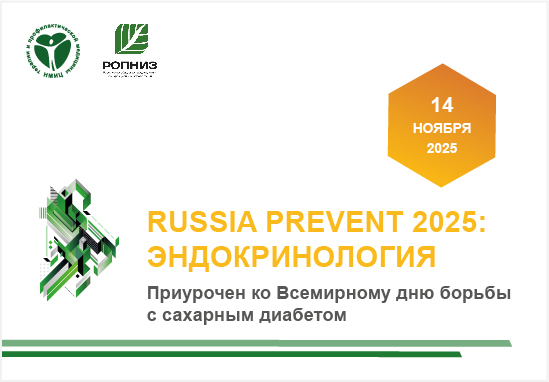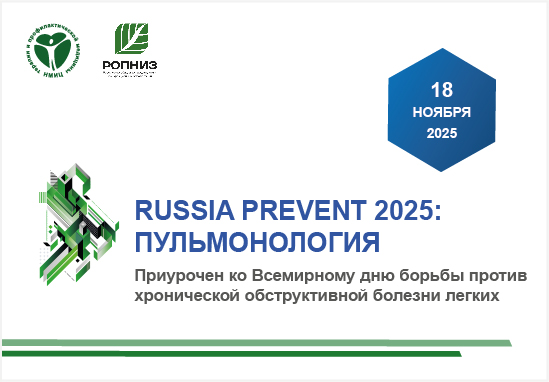Risk factor prevalence and target organ damage in working-age men with stress-induced arterial hypertension
Abstract
Aim. To investigate risk factors (RF) and target organ damage (TOD) prevalence in working-age men with stressinduced arterial hypertension (AH). Material and methods. The study included 100 males, working as machinists and machinist assistants, with blood pressure (BP) above 140/90 mm Hg. Control group included males working as railway assemblers (n=40). General physical, laboratory, and instrumental examinations were performed, including psycho-mental test (PMT). Results. TOD was quite prevalent among normotensive males. Twenty-four hour BP monitoring (BPM) demonstrated the difference in mean BP levels at workplace and during weekend, that confirmed stress-induced AH diagnosis. Psychoemotional stress tests are highly sensitive in stress reactivity assessment among individuals with high professional stress levels. These tests can help in identifying AH risk groups. Conclusion. For early diagnostics and adequate therapy choice in patients with high psychoemotional stress levels, not only RF and TOD control, but also 24-hour BPM at workplace and during weekend, and PMT, are necessary.
About the Authors
I. V. OsipovaRussian Federation
A. G. Zaltsman
Russian Federation
E. N. Vorobyeva
Russian Federation
O. N. Antropova
Russian Federation
L. V. Borisova
Russian Federation
I. I. Kurbatova
Russian Federation
T. B. Belousova
Russian Federation
E. S. Averyanova
Russian Federation
References
1. Оганов Р.Г. Профилактика сердечно-сосудистых заболеваний: возможности практического здравоохранения. Кардиоваск тер профил 2002; 1: 5-9.
2. Chalmers J, Chapman N. Challengers for the prevention of primary and secondary stroke. The importance of lowering blood pressure and total cardiovascular risk Blood pressure 2001; 10: 344-51.
3. Ланг Г.Ф. Гипертоническая болезнь. Ленинград «Медгиз» 1950; 459 с.
4. Турашвили Г.А. Экспертная оценка влияния некоторых факторов на возникновение и развитие гипертонической болезни. Сов Мед 1978; 1: 149-50.
5. Цфасман А.З. Внезапная сердечная смерть. 2003; 187-209.
6. Pickering TG, Devereux RB, James GD, et al. Environmental influences on blood pressure and the role of job strain. J Hypertens 1996; 14(Suppl.): S179-86.
7. Pickering TG. Mental stress as a casual factor in the development of hypertension and cardiovascular disease. Curr Hypertens Reports 2001; 3: 249-54.
8. Pickering TG. Psychosocial stress and blood pressure. In Hypertension Primer. AHA 2000.
9. Wyss JM, Carlson SH. The role of the nervous system in hypertension. Curr Hypertens Reports 2001; 3: 255-62.
10. Izzo JLJr. Sympathetic nervous in acute and chronic blood pressure elevation. In Hypertension. S. Oparil, M. Weber 2000.
11. Julius S, Li Y, Brant D, et al. Neurogenis pressor episodes fail to cause hypertension, but do induce cardiac hypertrophy. Hypertension 1989; 13: 422-9.
12. Шабалин А.В., Гуляева Е.Н., Веркошанская Э.М. и др. Клиническая значимость оценки стресс-реактивности у больных артериальной гипертонией. Кардиоваск тер профил 2004; 3(1): 28-35.
Review
For citations:
Osipova I.V., Zaltsman A.G., Vorobyeva E.N., Antropova O.N., Borisova L.V., Kurbatova I.I., Belousova T.B., Averyanova E.S. Risk factor prevalence and target organ damage in working-age men with stress-induced arterial hypertension. Cardiovascular Therapy and Prevention. 2006;5(2):10-14. (In Russ.)
























































